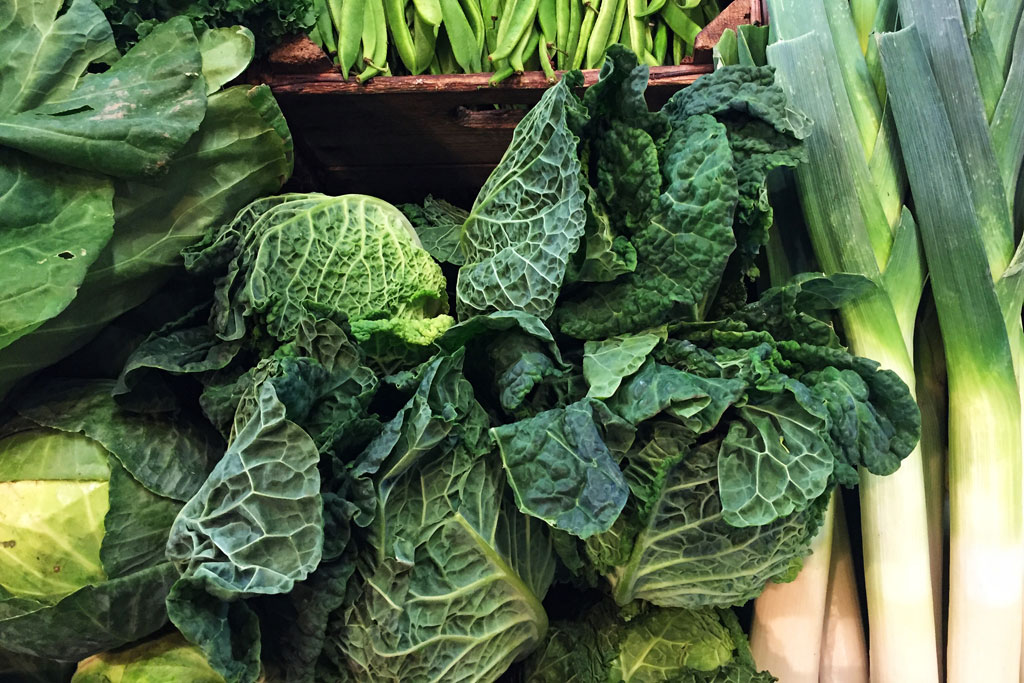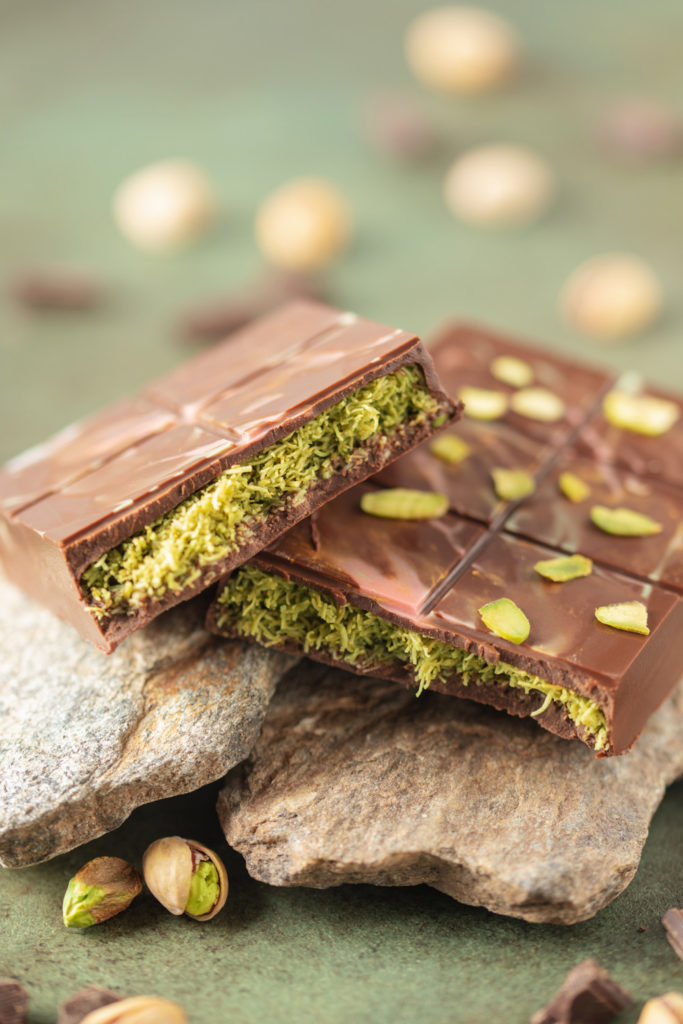Vegetable of the Week: Cabbage
By
4 years ago
This week in our seasonal food column, it's all about kimchi

Each week plant-based cook Bettina Campolucci Bordi, founder of Bettina’s Kitchen, gives us the lowdown on a particular seasonal vegetable or ingredient, offering cooking tips and a recipe. This week it’s cabbage.
The beautiful cabbage comes in all types of sizes and colours, but it has earned an unwarranted reputation for not being easy to cook with. Often found in veggie boxes at this time of year, it’s actually a great ingredient to cook with – when done right. Cabbage is best during the month of October. Look for compact, heavy heads with no brown or wilting leaves. Think bigger than just stuffed cabbage and coleslaw: cabbage can also be roasted. I like to roast it slow and low.
Raw, it can be made into a delicious kimchi. Eating more cabbage is an excellent way to keep your digestive system healthy and happy too, as it contains insoluble fibre which fuels friendly bacteria. One of the most common issues around cooking and eating cabbage, however, is that it can cause gas. A way of minimising that is to add a few whole cloves to your boiling water, or if appropriate, to the dish itself. Other sweet spices that have the same effect include allspice, cinnamon, fenugreek, cumin and ginger.

Getty Images
Recipe: Kimchi
Kimchi is a great way of incorporating cabbage into your life, and it’s great for your gut. Kimchi is a fermented cabbage or vegetable that’s traditionally flavoured with many ingredients. Korea has hundreds of versions of this dish, but this is my simple plant-based version with a kick. You can vary how much garlic, chilli and ginger you add – I personally prefer my kimchi more gingery than garlicky.
Makes 1 x small or medium jar (depending on the size of your cabbage)
Ingredients
- 1 tablespoon salt
- 1/2 head green cabbage, thinly sliced
- 1/4 head red cabbage, thinly sliced
- 1 carrot, finely chopped lengthwise
- 1/2 red (bell) pepper, finely chopped
- For the flavouring paste
- 1/2 red (bell) pepper, deseeded and chopped
- 1 tablespoon minced ginger
- 1/2 tablespoon minced garlic
- 1 green spring onion (scallion)
- 1 red chilli
- Pinch of pink Himalayan salt
Method
- Massage the salt into the cabbage slices until they start releasing liquid. This liquid is what you will eventually be using as your brine to ferment the kimchi.
- In a blender (or using a pestle and mortar), combine all the flavouring ingredients into a paste.
- Check on your massaged cabbage and make sure it’s released enough liquid. Gently massage the paste into the cabbage, chop finely, add the carrot and pepper and transfer to a clean, large glass jar with a lid.
- Make sure you press the cabbage into the jar properly so that it is covered by the cabbage liquid. It is very important that all the veggies are covered with a sufficient amount of brine and pressed down properly.
- Leave the jar to sit at room temperature for at least 2–3 days, opening up and ‘burping’ the kimchi at least once a day. After 2–3 days, the kimchi is ready to eat and can be refrigerated until needed. The fermentation will still continue in the fridge, but at a much slower rate. The longer the kimchi sits and ferments, the more flavourful it becomes.
- Finally, always use clean utensils when dipping into kimchi, to avoid contamination.
Guide to Fermenting & Pickling / Vegetable of the Week: Broccoli



